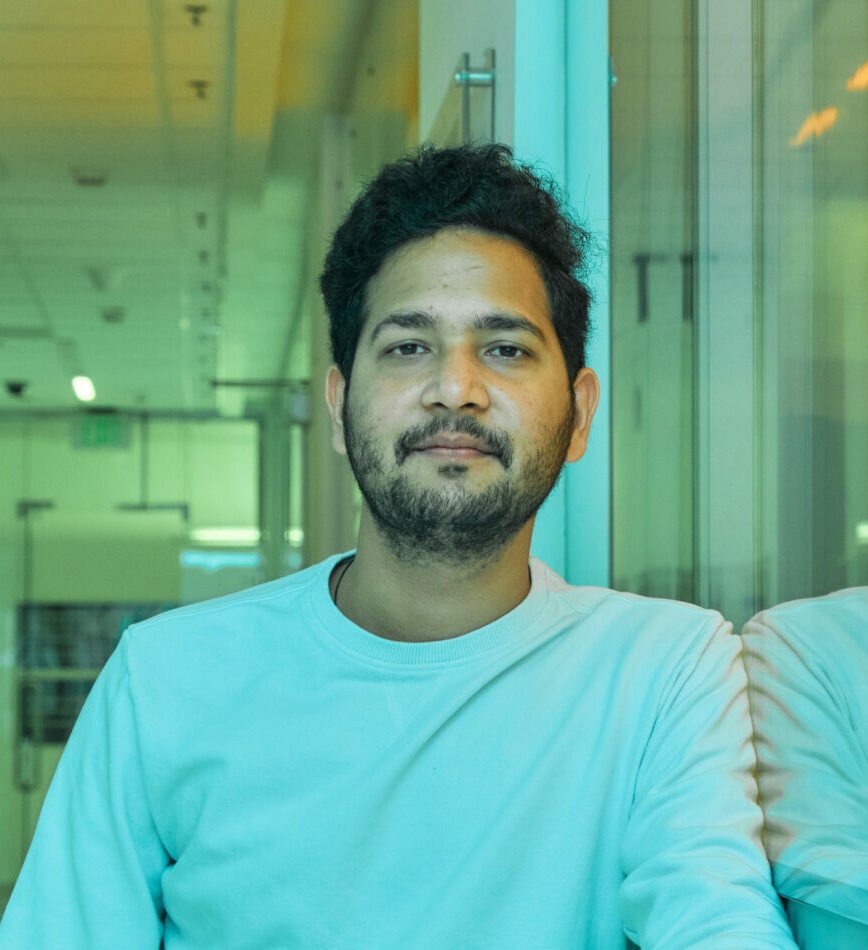Applied Physics | Electrical Engineering
Tough memory device aims for space missions
Gallium oxide offers resistance to radiation and high temperatures, and could be used for data storage and computing in extreme conditions.
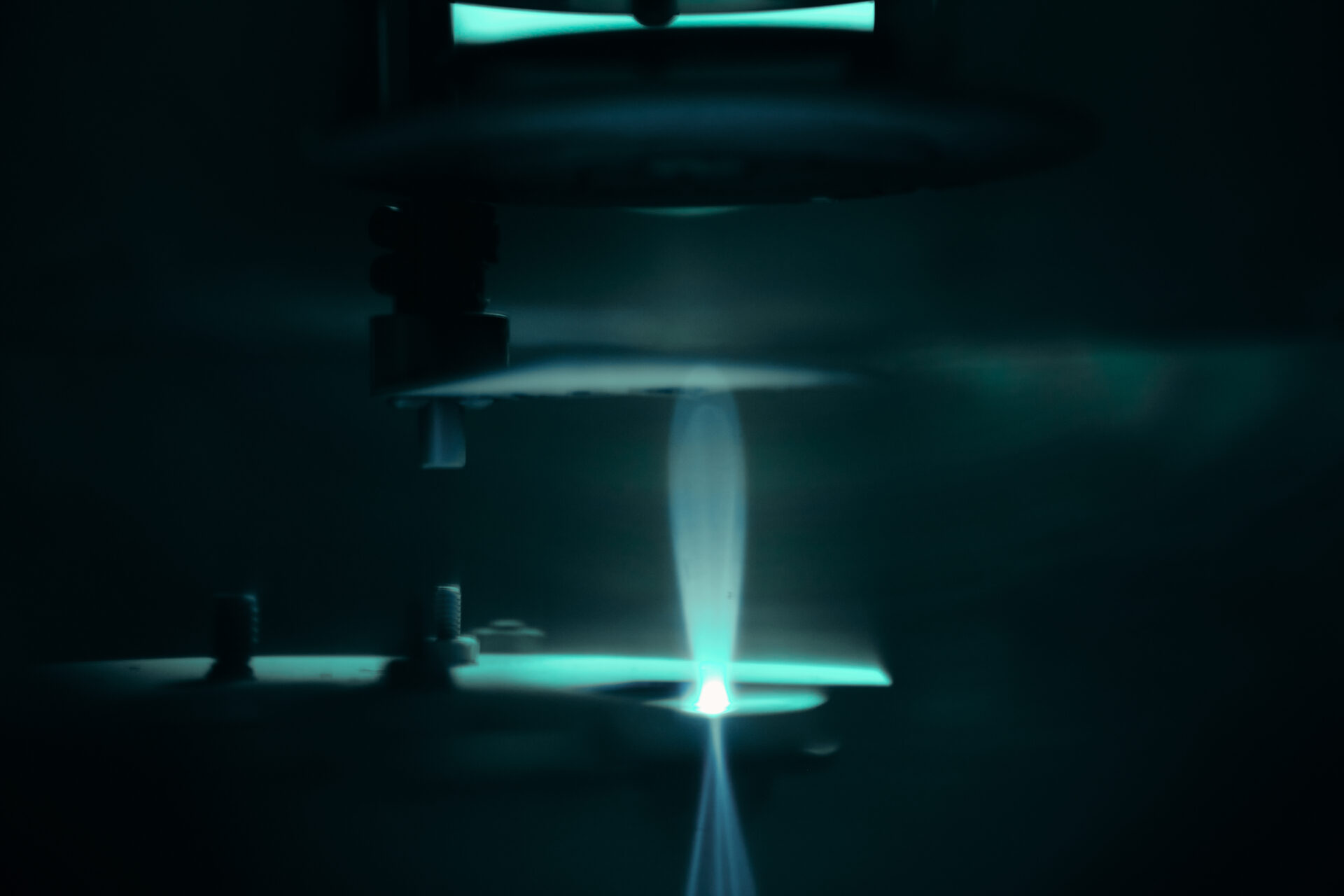
Among the many hazards encountered by space probes, exposure to radiation and huge temperature swings pose particular challenges for their electronic circuits. Now KAUST researchers have invented the first ever flash memory device made from gallium oxide, a material that can withstand these harsh conditions far better than conventional electronics[1].
Gallium oxide is a semiconductor — although it is usually a poor conductor of electricity, incorporating certain impurities can enable it to carry an electrical current. It offers many advantages over silicon, the semiconductor used in most computer chips. For example, gallium oxide can support high currents and voltages with low energy losses, and it is easy to grow into high-quality films using low-cost techniques.

Above all, though, it is tough. “Gallium oxide-based devices have become a prominent choice to operate in adverse environments, especially in space exploration, because it can withstand high temperatures and radiation without serious degradation,” says Ph.D. candidate Vishal Khandelwal, one member of the team behind the work.
Transistors and diodes can already be built from gallium oxide. But for gallium oxide electronics to flourish, researchers needed to prove that the material could also be used in memory devices.
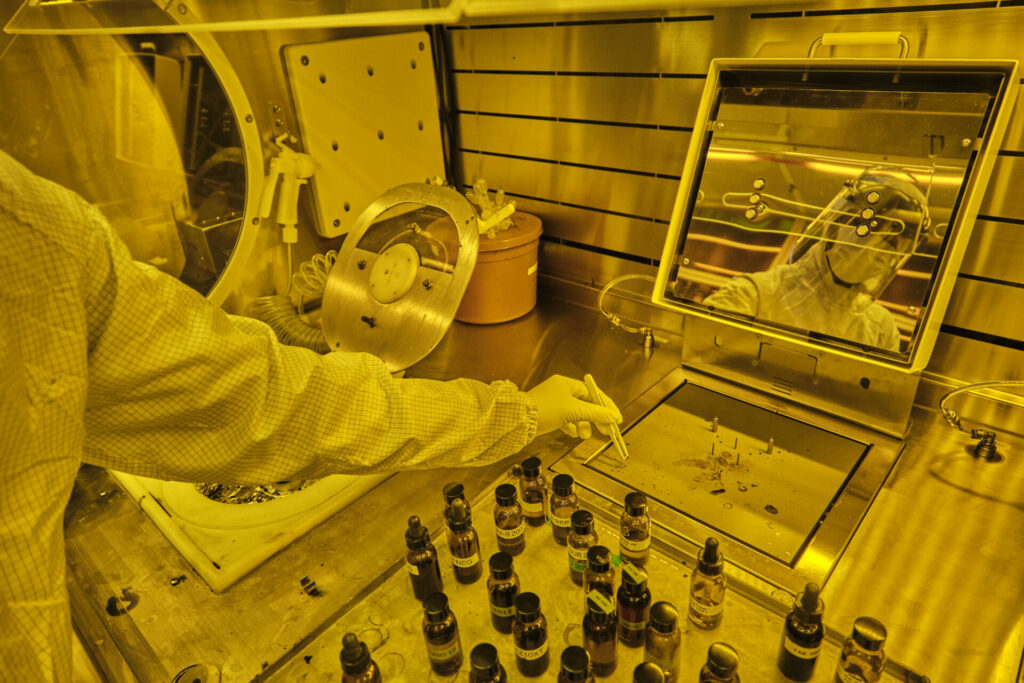
The team’s device is a type of transistor containing a layer known as a floating gate, which captures electrons to store data. This basic design is already used in conventional flash memory devices. Instead of using silicon, though, the new device contains a layer of gallium oxide just 50 nanometers thick. Above the gallium oxide is a minuscule fragment of titanium nitride, encased in a very thin layer of insulating material, which serves as the floating gate.
To program data into the floating gate, the researchers apply a positive voltage pulse that sends electrons from the gallium oxide through the insulator and into the floating gate, where they are trapped. A negative voltage can erase the data by sending the electrons back into the gallium oxide. The location of these electrons affects how well the gallium oxide conducts electricity, which can be used to read the state of the memory device.
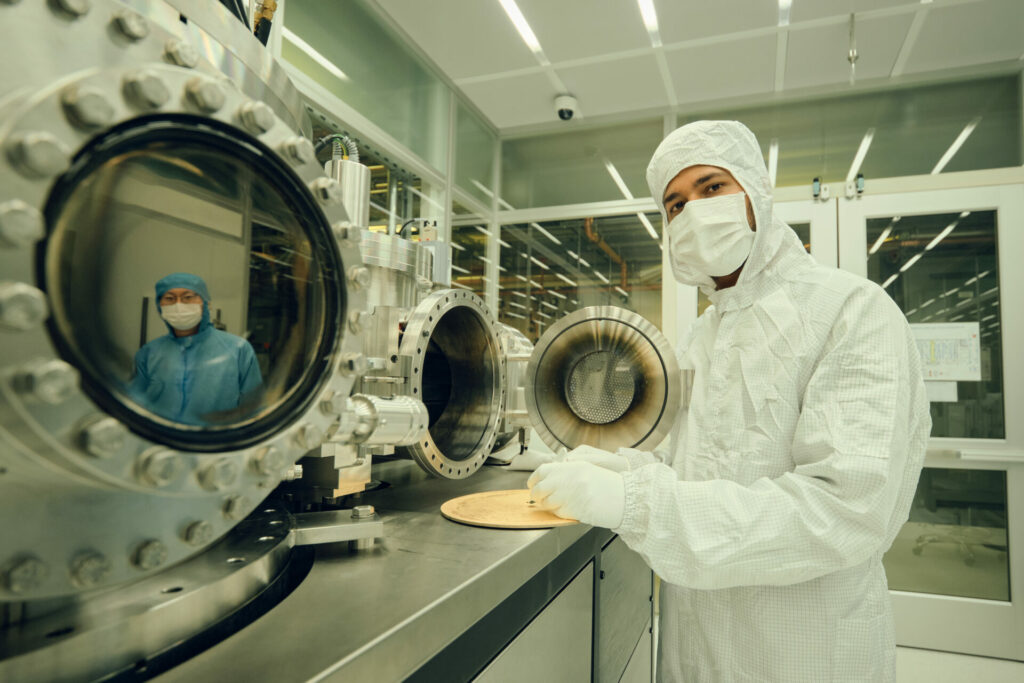
Gallium oxide has an unusually wide band gap — a measure of the energy needed to free its electrons — which means that there is a large difference between the device’s programmed and erased states, even at a high operating temperature. This property helps to make the memory very stable, and the prototype device could retain its data for more than 80 minutes.
For now, programming and erasing the device requires relatively long voltage pulses of about 100 milliseconds, which the team hopes to shorten. “Further development in gallium oxide material quality and device design will give better memory properties for practical extreme-environment applications,” says Xiaohang Li, who leads the team.
Reference
- Khandelwal, V., Rajbhar, M.K., García, G.I.M., Tang, X., Sarkar, B. & Li, X. Demonstration of β-Ga2O3 nonvolatile flash memory for oxide electronics. Japanese Journal of Applied Physics 62, 060902 (2023).| article
You might also like

Computer Science
Sweat-sniffing sensor could make workouts smarter

Electrical Engineering
New tech detects dehydration by touching a screen

Electrical Engineering
A new interface for efficient electronics

Electrical Engineering
Artificial neurons enable neuromorphic computing with light

Applied Physics
2D materials could boost magnetic data storage

Electrical Engineering
Narrow-linewidth lasers bring low-noise answer
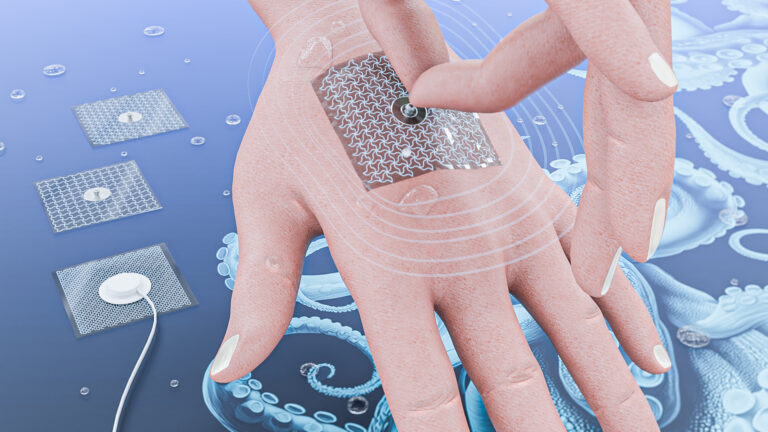
Electrical Engineering
Octopus suckers inspire sticky medical patch

Electrical Engineering




